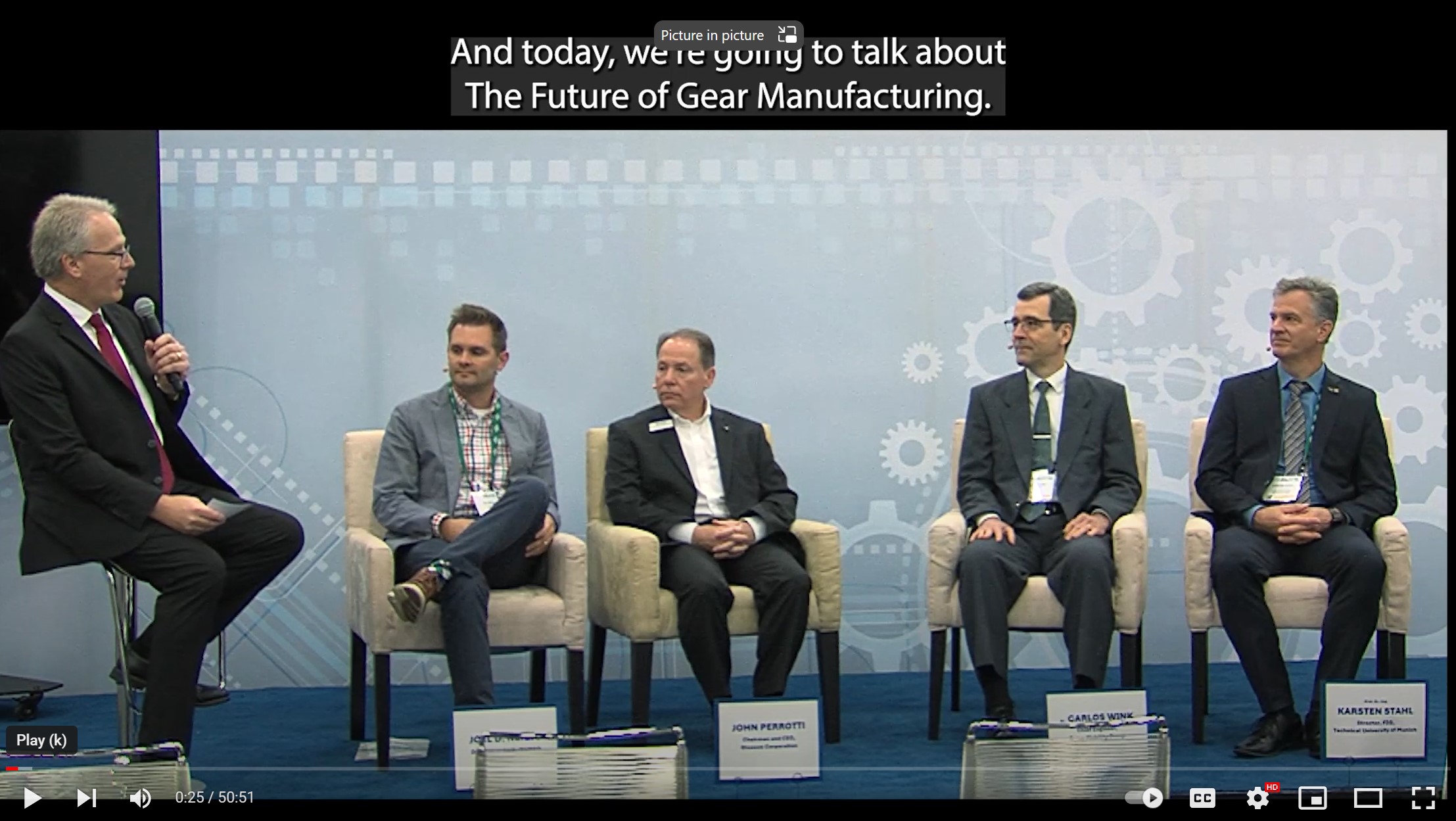The Gear Industry’s Case of Long COVID
Does the gear industry have a case of long COVID? It would seem so, based on the results of our annual State of the Gear Industry Survey. At least, it seems clear from the results that many of the worries keeping gear manufacturers up at night do stem from the pandemic. While many of the immediate effects of the pandemic — such as shutdowns and severe disruptions — seem to be a thing of the past, there’s a lingering economic malaise that’s more persistent.
According to the survey (see p. 24), our readers are still fighting supply chain issues and inflation, which many would argue are a direct result of the pandemic and our collective response to it.
“Supply chain issues are creating very difficult situations with regard to being able to deliver in a timely manner,” said one respondent. “Constantly changing replies from vendors make it increasingly difficult to give the customer a commitment that you can stand by.”
Another complained about “government regulations, inflation, transportation costs, material shortages and skyrocketing material costs.”
Unfortunately, COVID strikes hardest among those with underlying conditions. And the gear industry has a few of those, too. For example, the struggle to find and retain skilled labor has been an ongoing challenge for at least a decade. We’ve been talking about it for years — and then COVID came along and made it worse.
“It’s difficult to man all machines with laborers not able to show up,” one respondent said. “There’s little interest in new people taking open jobs.”
Many companies have struggled with these problems, and many continue to do so. But most have pulled through and seem to be looking forward to the next economic upturn. The world is tired of the whole COVID thing. Even though COVID is far from over, we’re over it and ready to move on. In that sense, the pandemic has been like any other economic downturn. Eventually it fades away, and the good times return. There’s a sense that the gear industry is ready for that to start happening. In some places, it looks like it already has begun.
By the numbers, the gear industry is in a better place than it was a year ago, if only marginally. Our respondents are more optimistic than they were last year, but less optimistic than they’ve been in the past. In general, sales and production are trending upward, and it’s clear that the industry is in the process of bounding back from the downturn.
But there’s another underlying condition threatening the gear industry, and unfortunately, it’s one that won’t go away with COVID. I’m talking about the threat of disruptive technologies. In particular, our survey results reveal that the electrification of automobiles is the No. 1 concern on the minds of many gear manufacturers. Internal combustion engines are being replaced by electric motors. This change is happening faster than most anticipated, and it represents an existential threat to those who rely heavily on the automotive industry.
“The landscape of gearing is changing,” said one respondent, indicating concern that the demand for gears will be lower as a result. However, the same respondent also hinted that opportunities will remain for those who are willing and able to change with the times. “The amount of gears may be fewer, but all will be hard finished and the quality critical to the success. Noise issues take front and center with EV, and printed gears will become a factor as powdered metal did 20 years ago.”
We hope you’ll spend a few minutes with the survey results. And whether you’re glad to see signs of an economic rebound or worried about the lingering effects of the pandemic or the uncertainty about the future of gearing, you can rest assured that Gear Technology will continue to bring you the best and most current information available in order to make the best choices for your business in 2022 and beyond.







